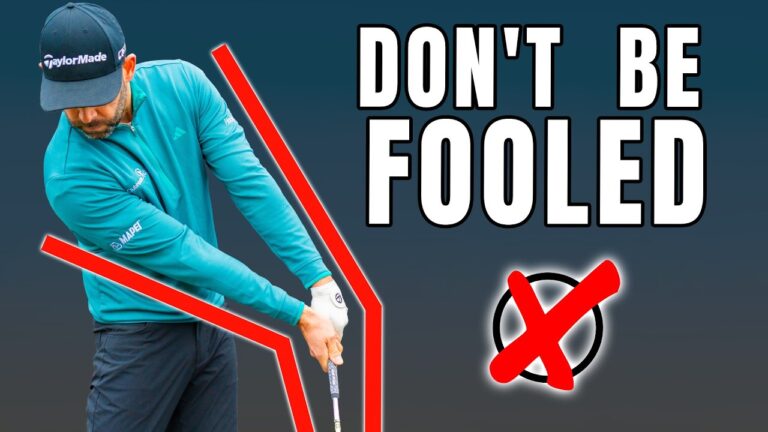
Unlock Your Golf Potential with Proper Wrist Release
Achieving the perfect release in your golf swing can dramatically enhance your performance on the course. Many golfers have been misled into keeping their lead wrist rigid through impact, but the key is in the fluid motion of the wrist. Embracing this nuance will boost your swing distance, enhance ball compression, and ensure cleaner hits.
Understanding the Lead Wrist’s Role in Golf
Your lead wrist should be flat at the moment of impact. However, it shouldn’t be static. Most professional golfers demonstrate a sequence like this:
- Pre-impact: The lead wrist is slightly arched (or cupped).
- At impact: The wrist flattens, creating a powerful, square impact with the ball.
- After impact: The wrist extends toward the target, contributing to increased height and distance.
This approach ensures you harness the natural speed and launch potential of your swing.
Step-by-Step Drills to Perfect Your Wrist Action
Step 1: Delivering the Flat Impact
The first step is understanding where your lead wrist needs to be before, during, and after impact. This drill will also teach you how to pivot your body to support the wrist’s movement.
- Start with a slightly arched wrist at address using a mid-iron.
- Move to a delivery position with the clubface angled towards the ground.
- Maintain wrist shape through impact while allowing natural body motion.
- Evaluate your swing. The result should be low and direct, indicating correct pivot and wrist action.
Step 2: Using Alignment Stick Feedback
An alignment stick can provide instant feedback on your wrist movement and body rotation.
- Secure an alignment stick alongside your grip, running parallel to your lead side.
- Practice through your swing ensuring the stick doesn’t contact your body, ensuring both correct wrist position and body rotation.
This drill helps reinforce body-led swings rather than hand-flipping swings.
Step 3: Training the Release
Finally, learn how to extend the wrist properly post-impact with a simple palm-point drill.
- Practice rotating your lead palm to aim toward a target, aiding in wrist extension.
- Integrate this with a full swing to combine the correct pre-impact position, body pivot, and release.
Effective Practice Strategy and Progress Measurement
Combine these drills into a regular practice routine for consistent improvement. Regularly track wrist movements and performance metrics, utilizing tools like wrist sensors for data-driven feedback.
Common Pitfalls and Solutions
- Static Wrist Throughout: Avoid keeping the wrist flat through the whole swing.
- Improper Body Pivot: Use drills emphasizing rotation to avoid hand flipping.
- Early Wrist Rotation: Ensure wrist extension follows impact, enhancing compression.
The Rewards of a Mastered Wrist Release
- Enhanced ball flight and compression.
- Increased distance from a naturally powerful swing.
- Improved accuracy through consistent clubface control.
Your Pathway to Golf Excellence
Challenge the notion of a static lead wrist by training for dynamic movements at key moments. These drills are designed to build your awareness of wrist and body coordination, ultimately elevating your game. Embrace the process, trust the feedback, and watch your play transform.


0 Comments